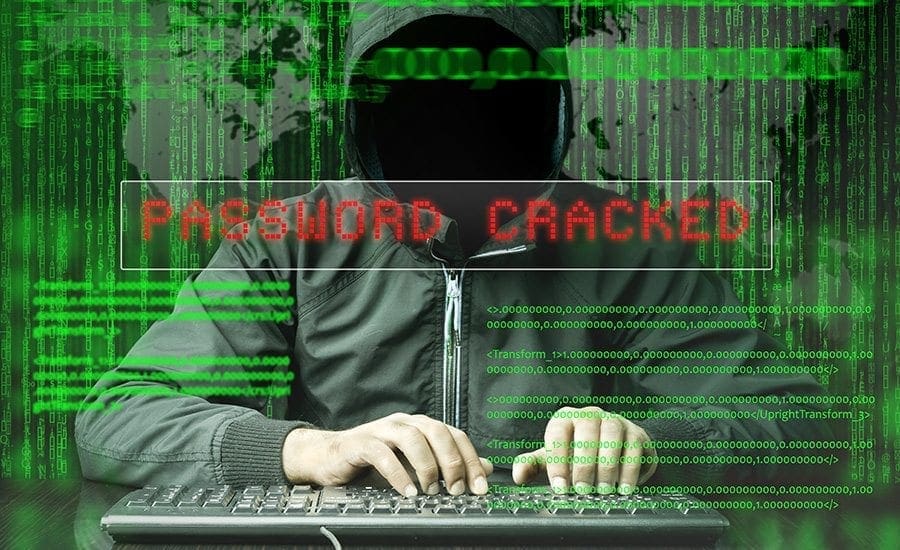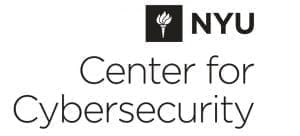The worldwide cybersecurity skills gap continues to present a significant challenge, with 59 percent of information security professionals reporting unfilled cyber/information security positions within their organization, according to ISACA’s cybersecurity workforce research.
According to the report,
- High likelihood of cyberattack continues. Four in five security professionals (81 percent) surveyed indicated that their enterprise is likely or very likely to experience a cyberattack this year, while 50 percent of respondents indicate that their organization has already experienced an increase in attacks over the previous 12 months.;
- Nearly 1 in 3 organizations (31 percent) say their board has not adequately prioritized enterprise security.
- Men tend to think women have equal career advancement in security, while women say that’s not the case. A 31-point perception gap exists between male and female respondents, with 82 percent of male respondents saying men and women are offered the same opportunities for career advancement in cybersecurity, compared to just 51 percent of female respondents. Of those surveyed, about half (51 percent) of respondents report having diversity programs in place to support women cybersecurity professionals.
- Individual contributors with strong technical skills continue to be in high demand and short supply. More than 7 in 10 respondents say their organizations are seeking this kind of candidate.
Yet, there are several positive and promising insights in the ISACA data:
- Time to fill open cybersecurity positions has decreased slightly. This year, 54 percent of respondents say filling open positions takes at least three months, compared to last year’s 62 percent.
- Gender disparity exists but can be mitigated through effective diversity programs.Diversity programs clearly have an impact. In organizations that have one, men and women are much more likely to agree that men and women have the same career advancement opportunities. Eighty-seven percent of men say they have the same opportunities, as compared to 77 percent of women. While a perception gap remains, it is significantly smaller than the 37-point gap among men and women in organizations without diversity programs (73 percent of men in organizations without diversity programs say advancement opportunities are equal, compared to 36 percent of women).
- Security managers are seeing a slight improvement in number of qualified candidates.Last year, 37 percent of security professionals said fewer than 25 percent of candidates for security positions were sufficiently qualified. This year, that number dropped to 30 percent.
- Budgets are increasing. Sixty-four percent of respondents indicate that security budgets will increase this year, compared to 50 percent last year […] Read more »













ROLE DESCRIPTION
We are looking for a Membership Manager to join the company and take on one of the most opportunistic roles the industry has to offer. This is a role that allows for you to create and develop relationships with leading solution providers in the enterprise technology space. Through extensive research and conversation you will learn the goals and priorities of IT & IT Security Executives and collaborate with companies that have the solutions they are looking for. This role requires professionalism, drive, desire to learn, enthusiasm, energy and positivity.
Role Requirements:
Role Responsibilities:
Apex offers our team:
Entry level salary with competitive Commission & Bonus opportunities
Apex offers the ability to make a strong impact on our products and growing portfolio.
Three months of hands on training and commitment to teach you the industry and develop invaluable sales and relationship skills.
Opportunity to grow into leadership role and build a team
Extra vacation day for your birthday when it falls on a weekday
All major American holidays off
10 paid vacation days after training period
5 paid sick days
Apply Now >>